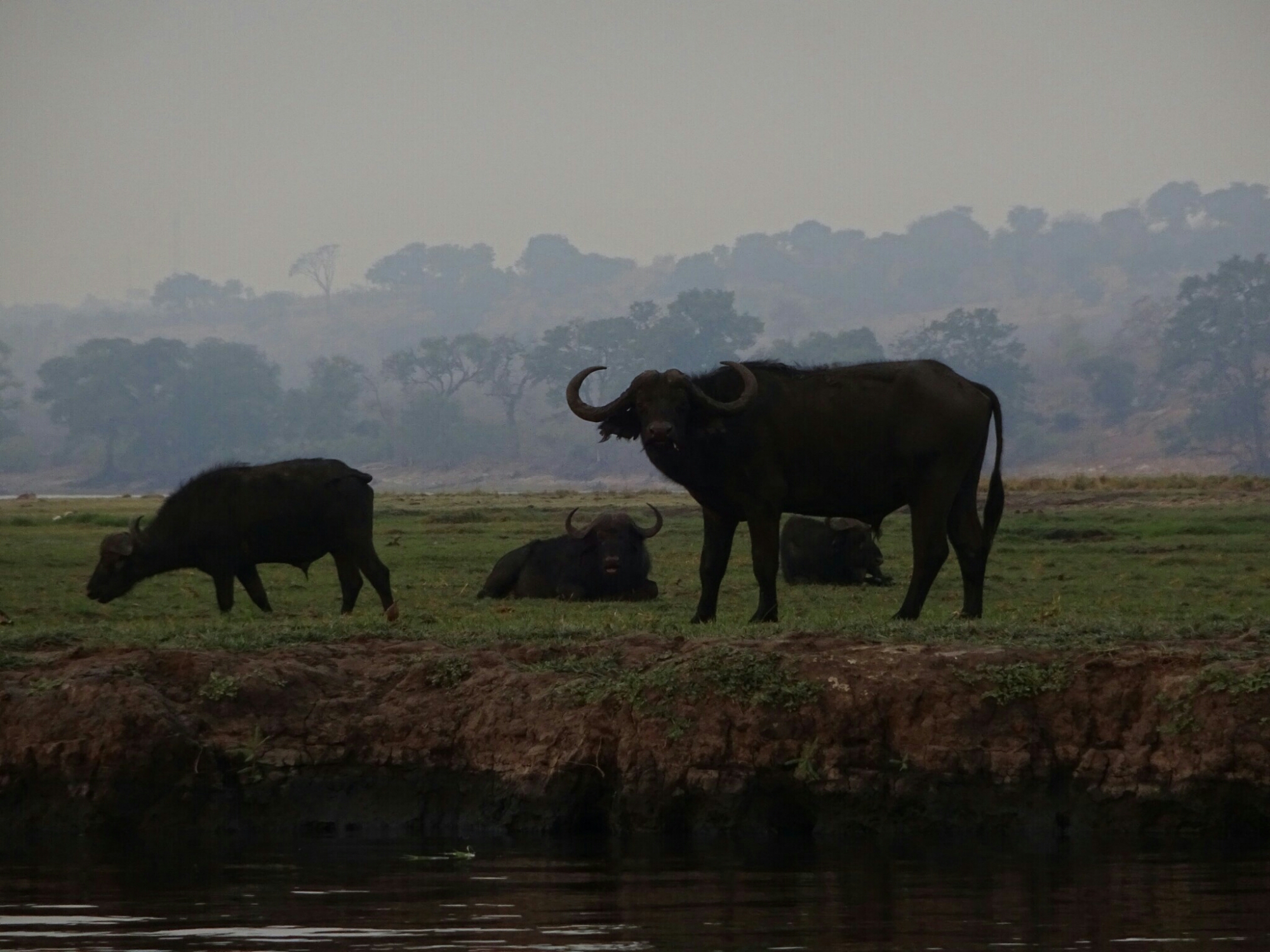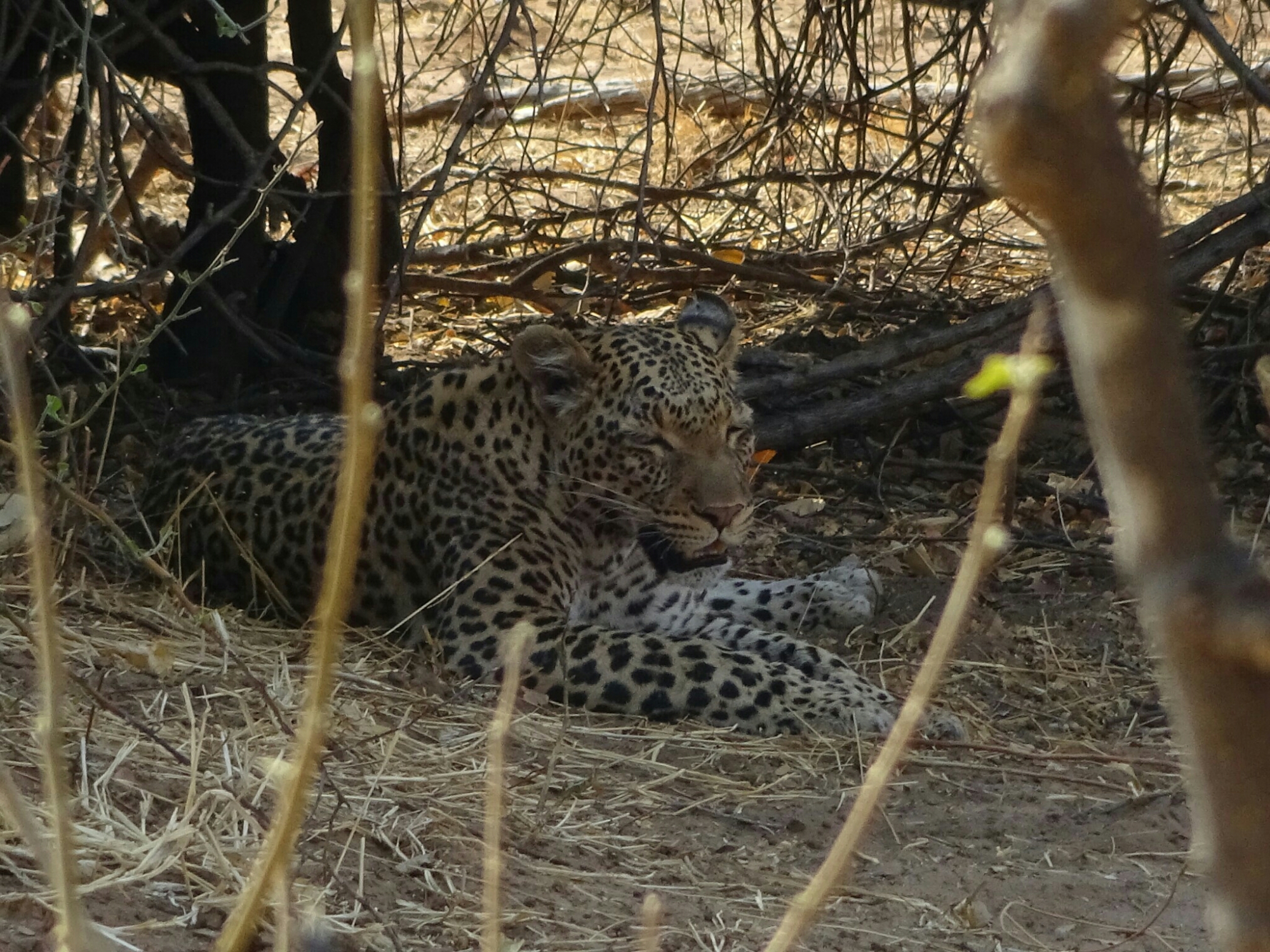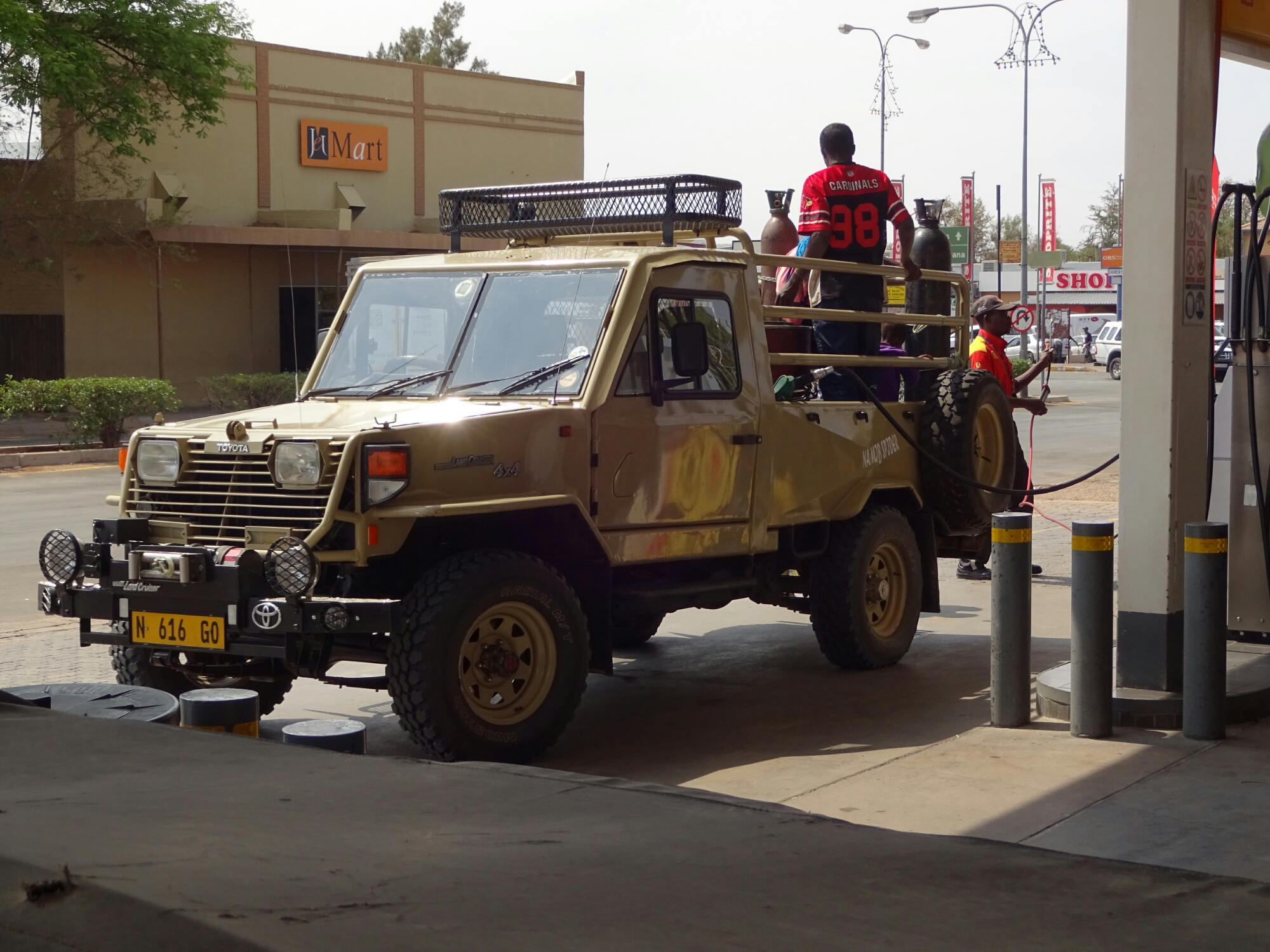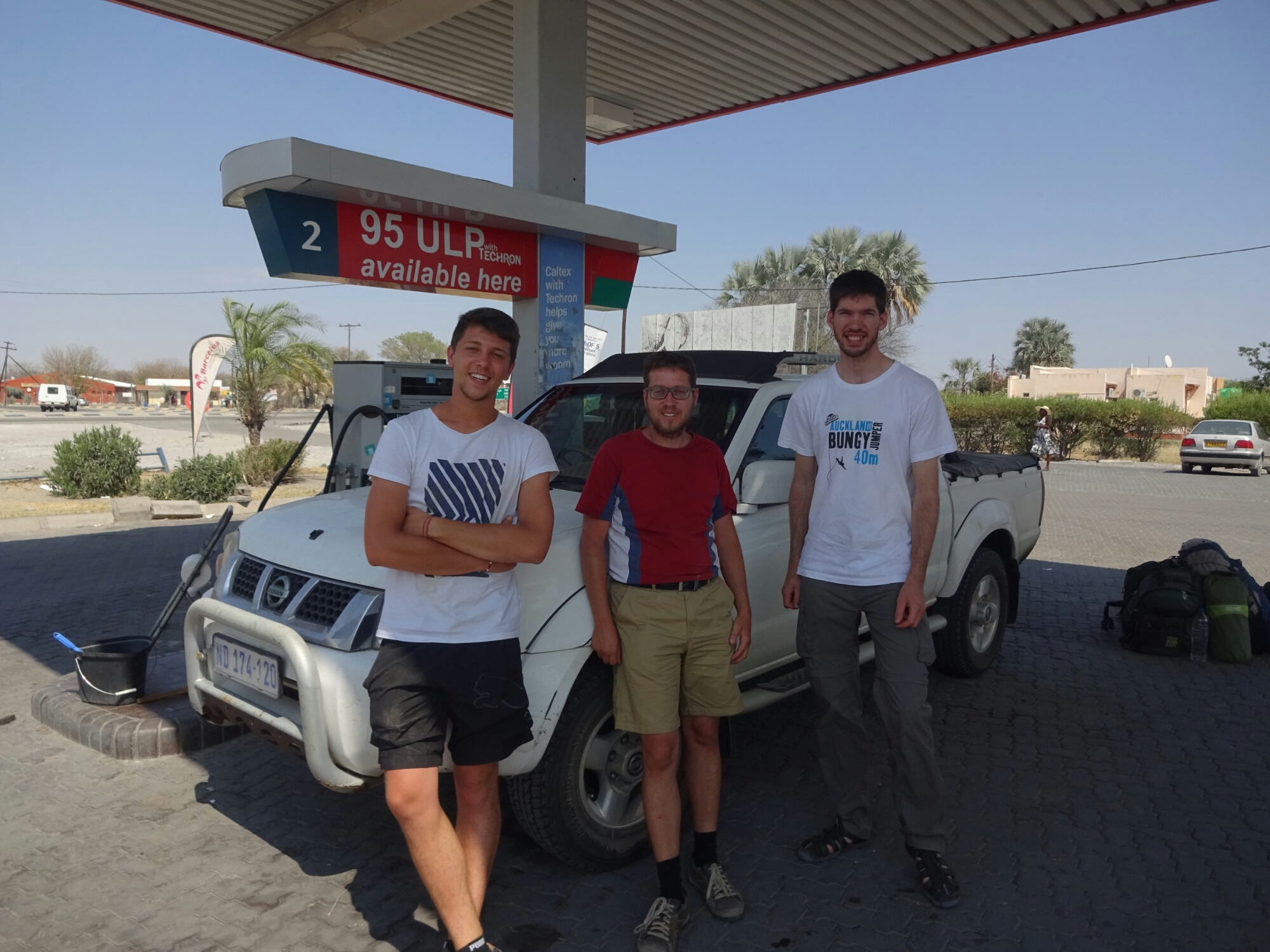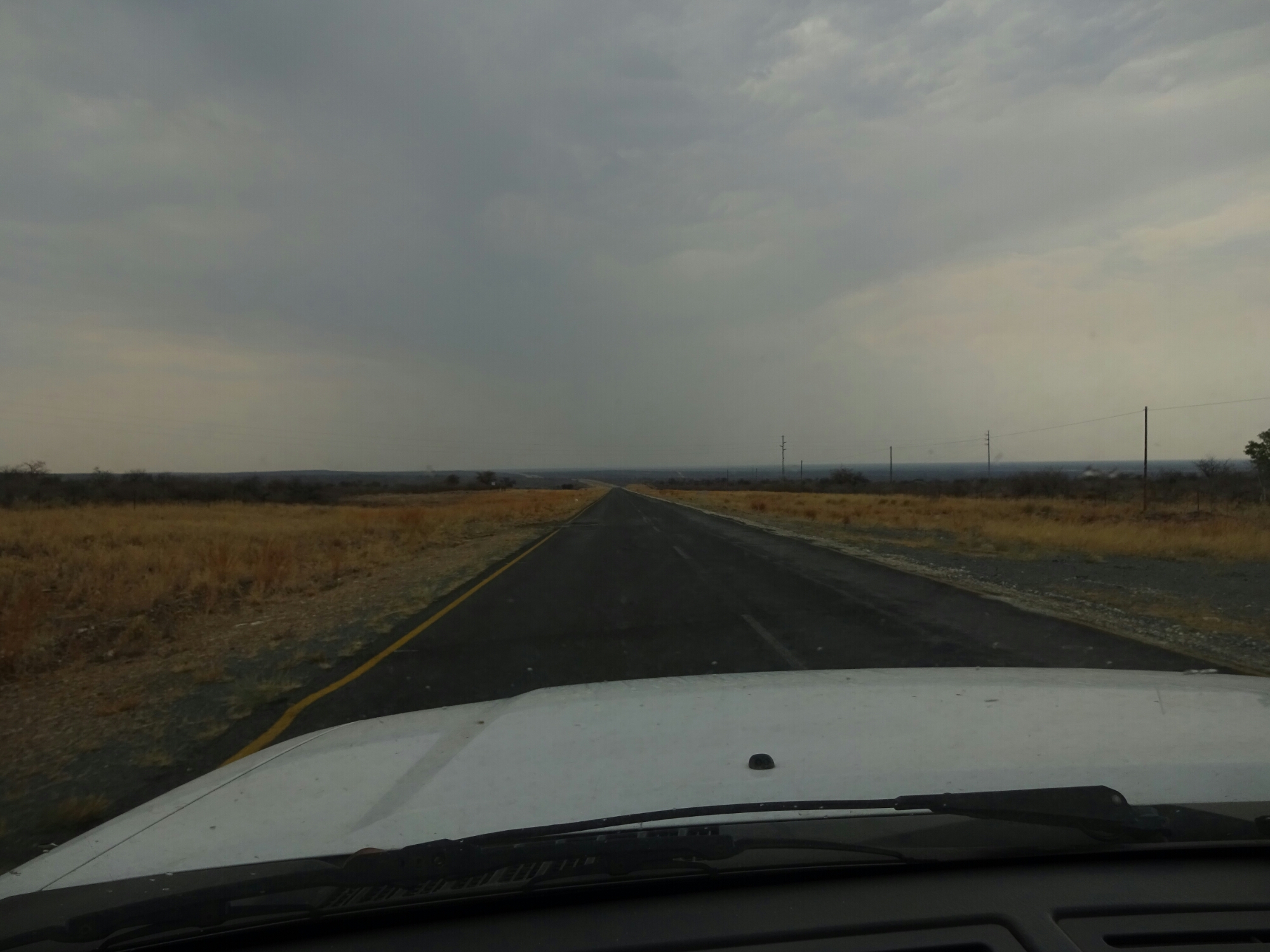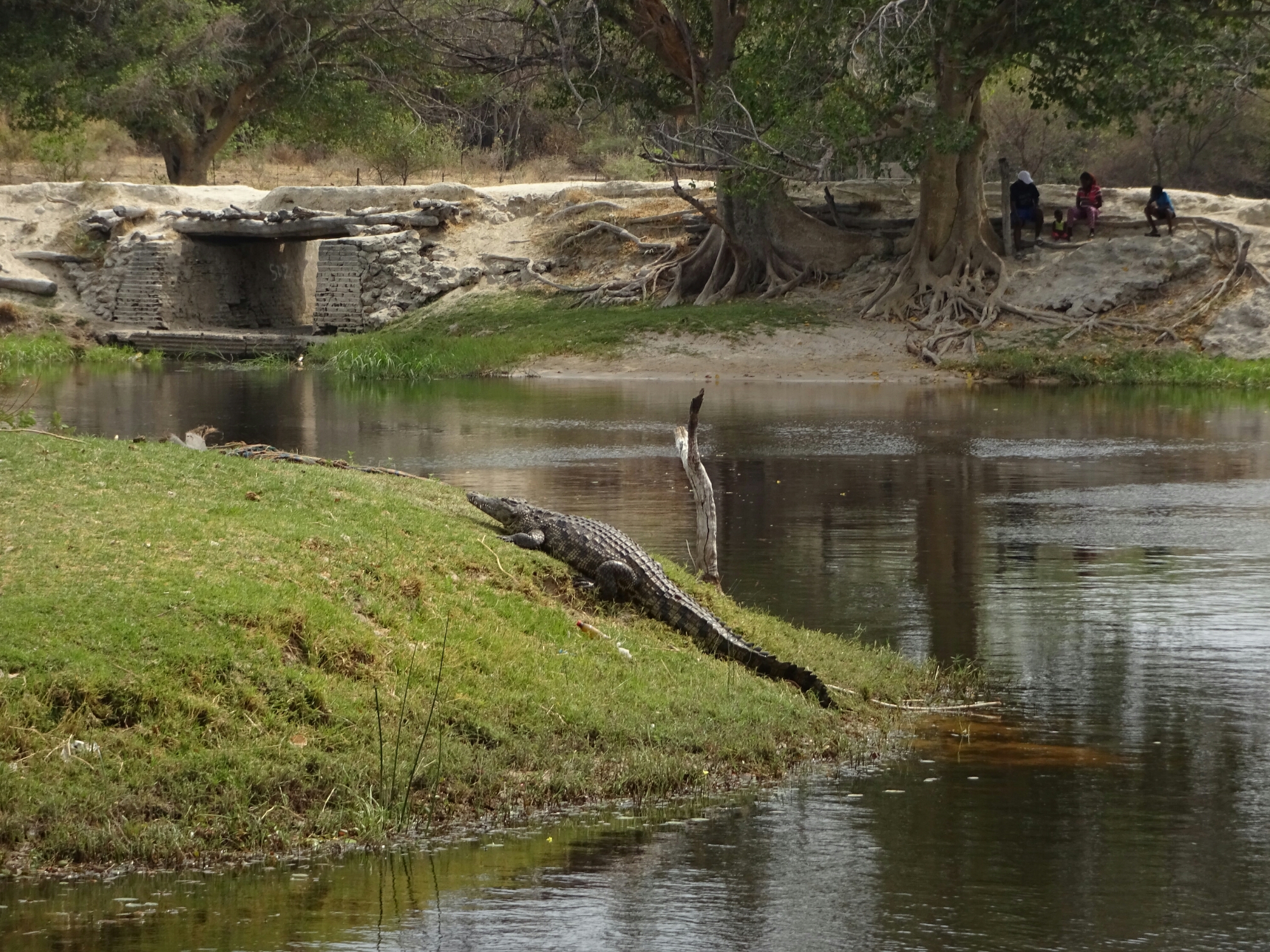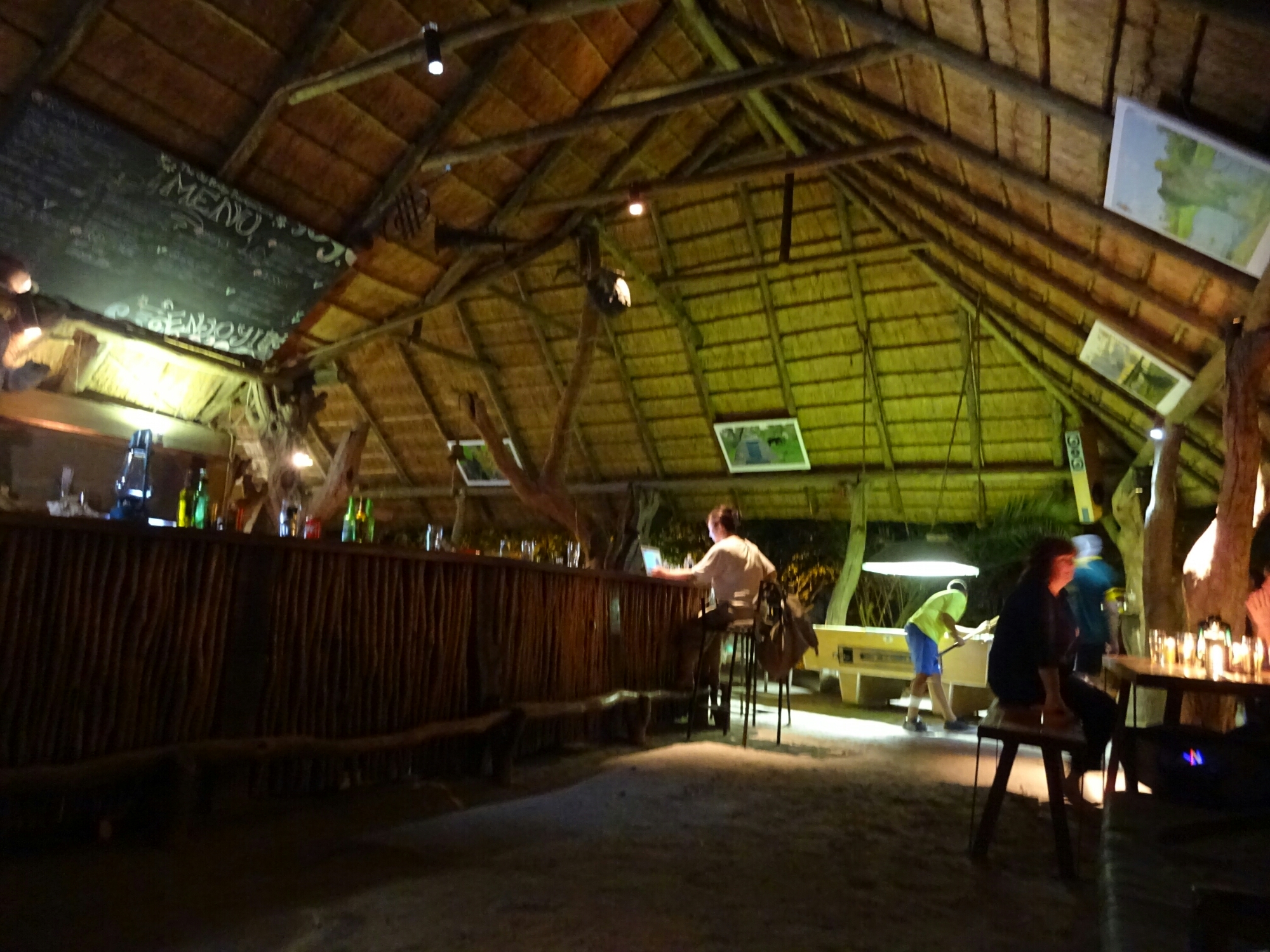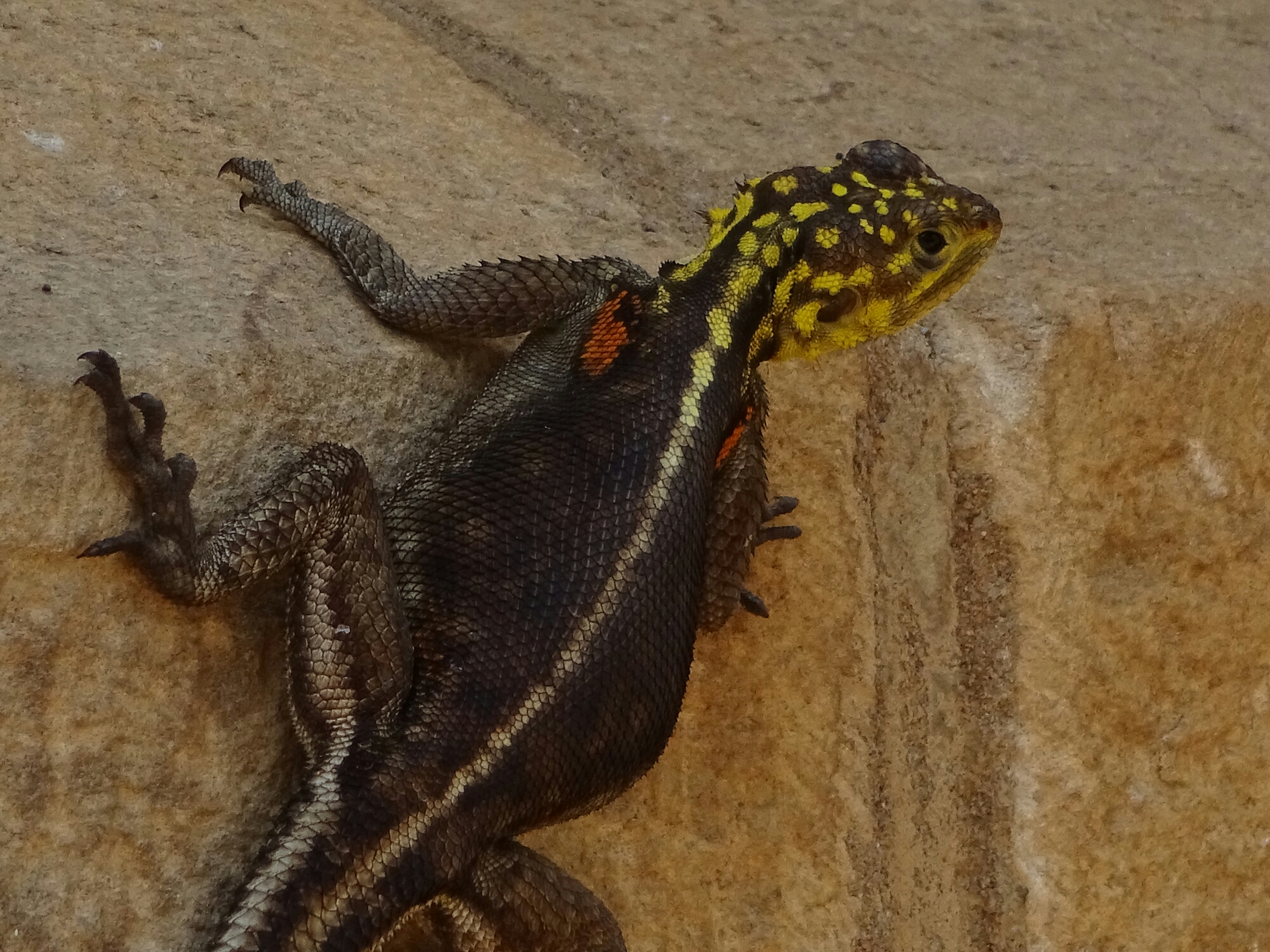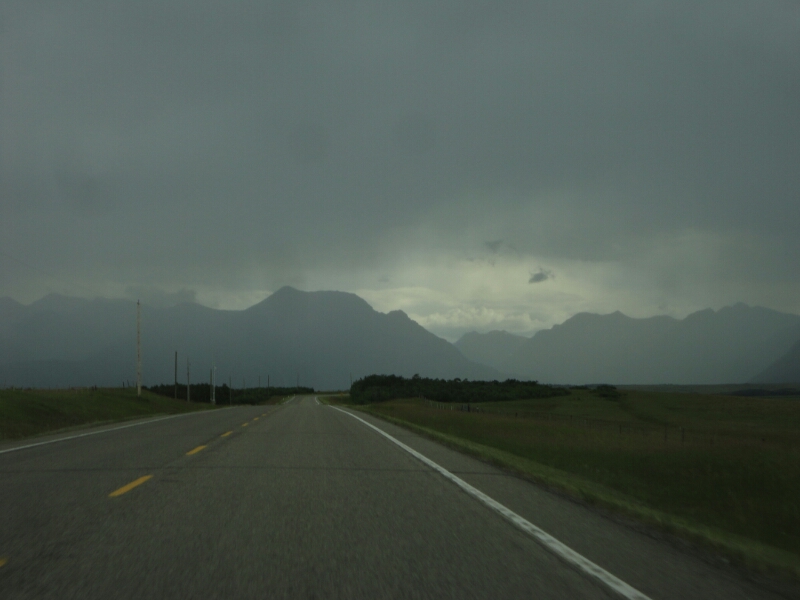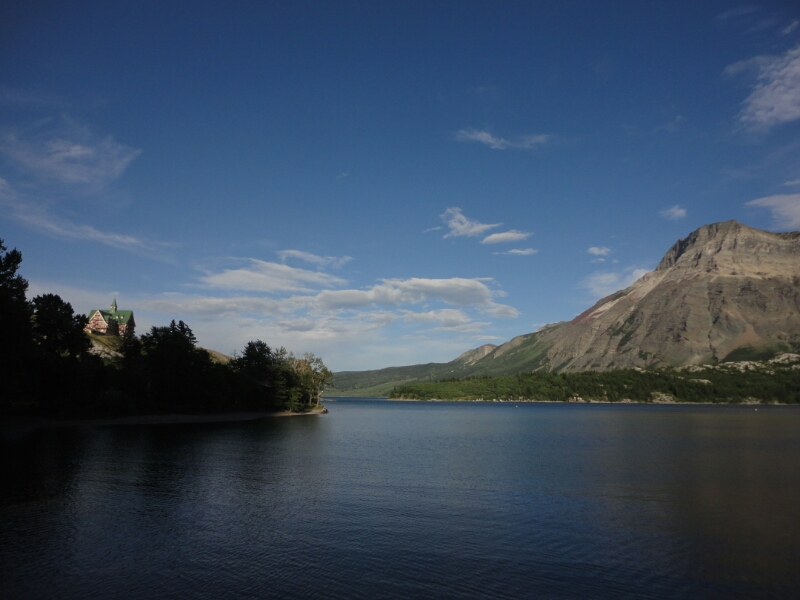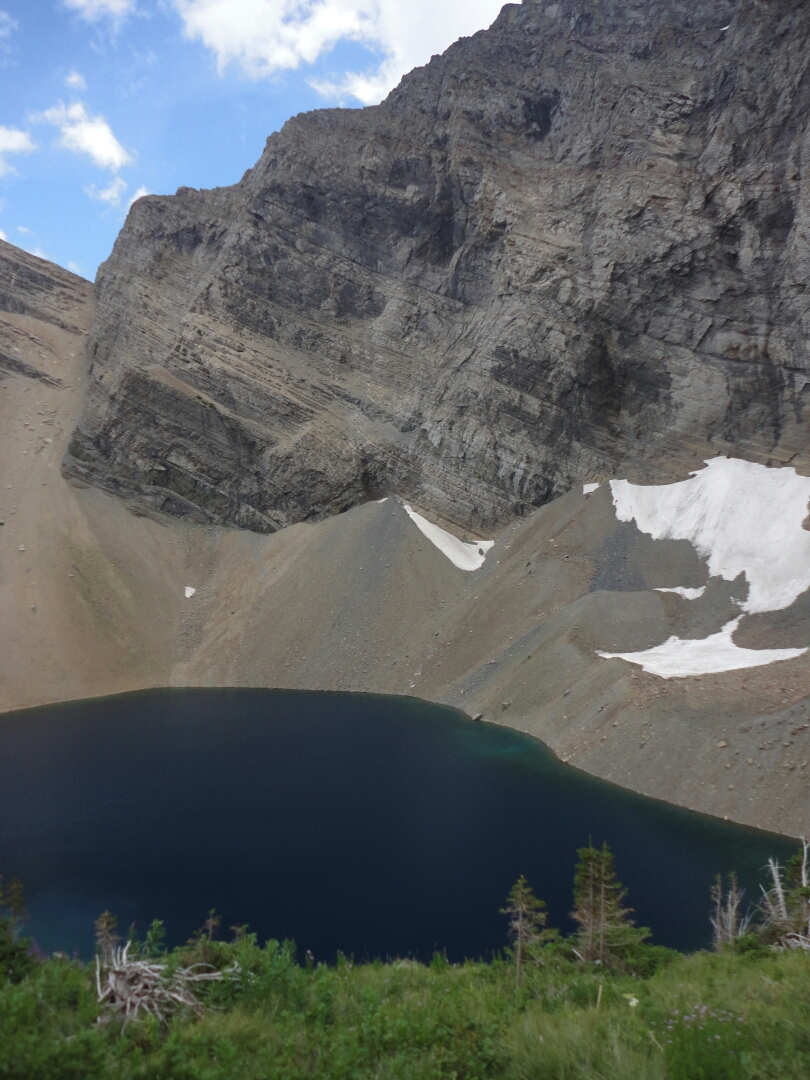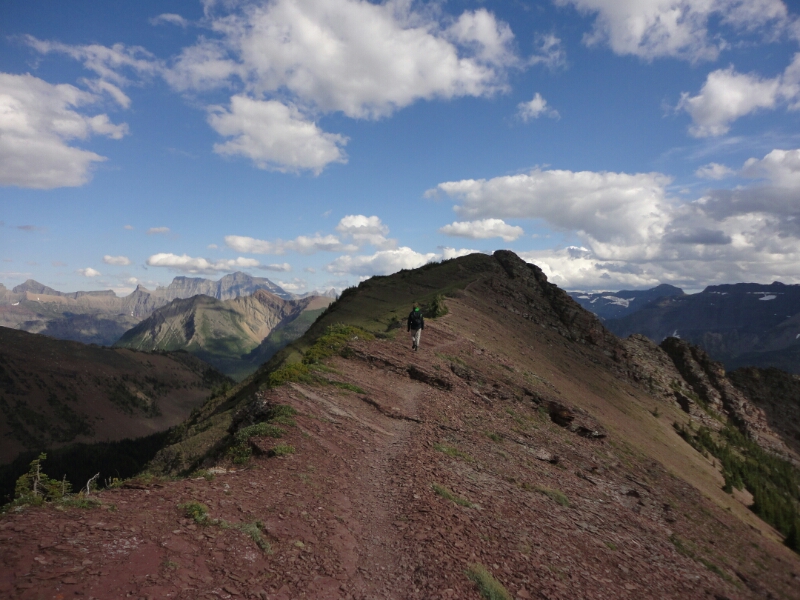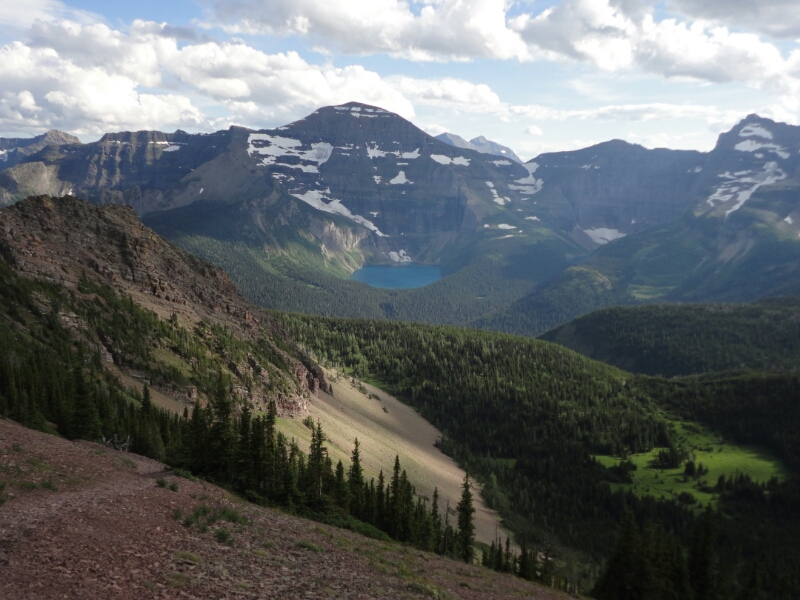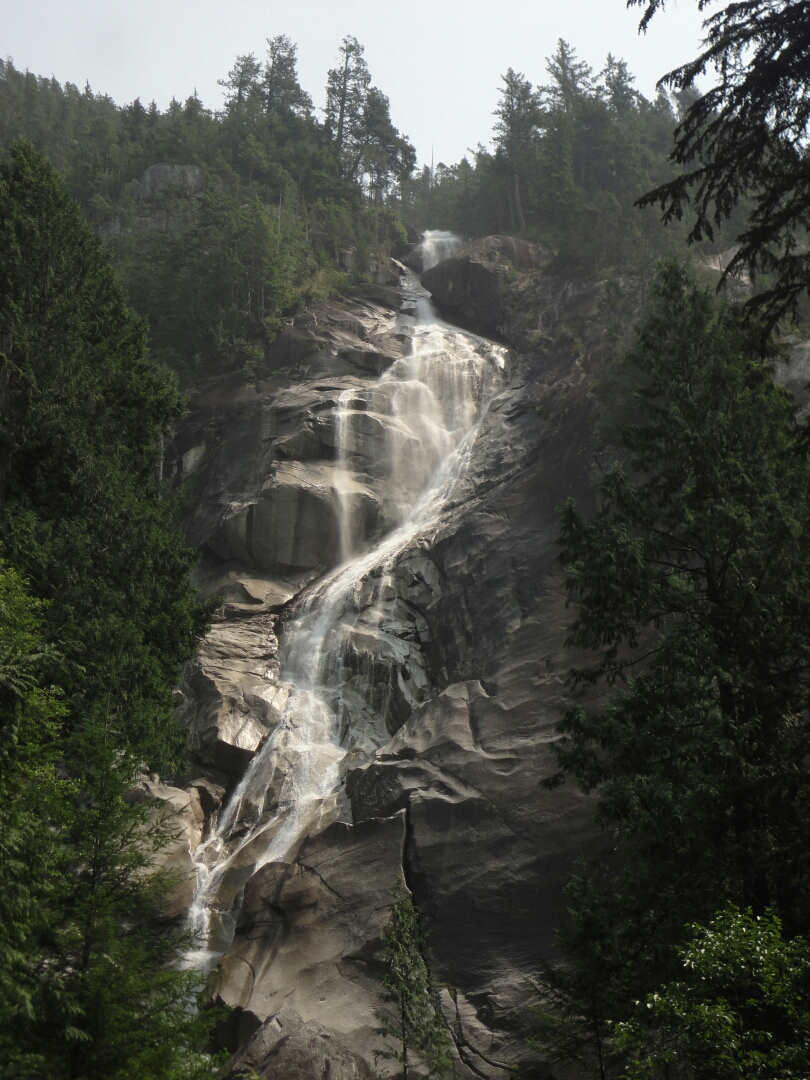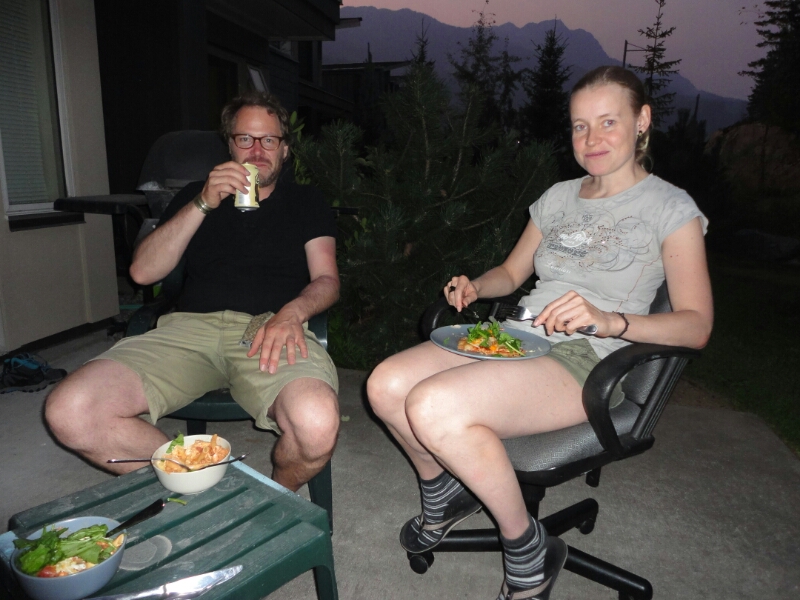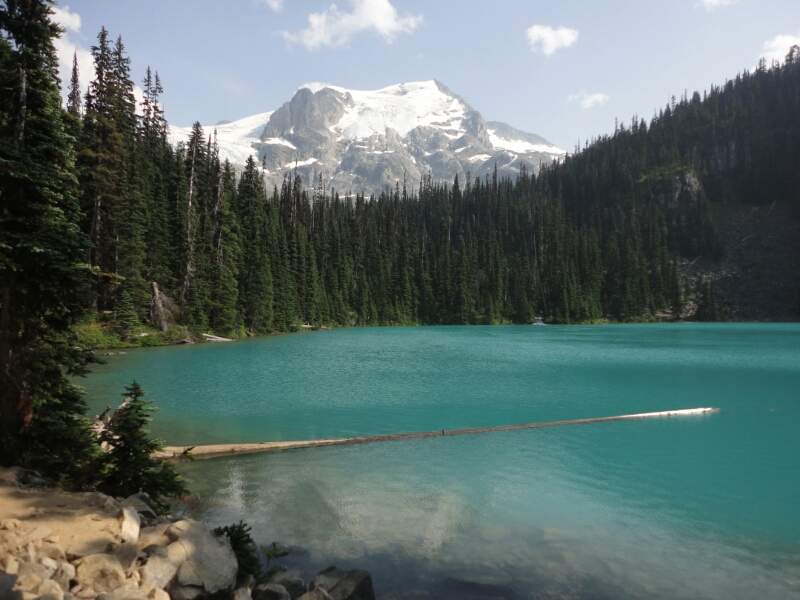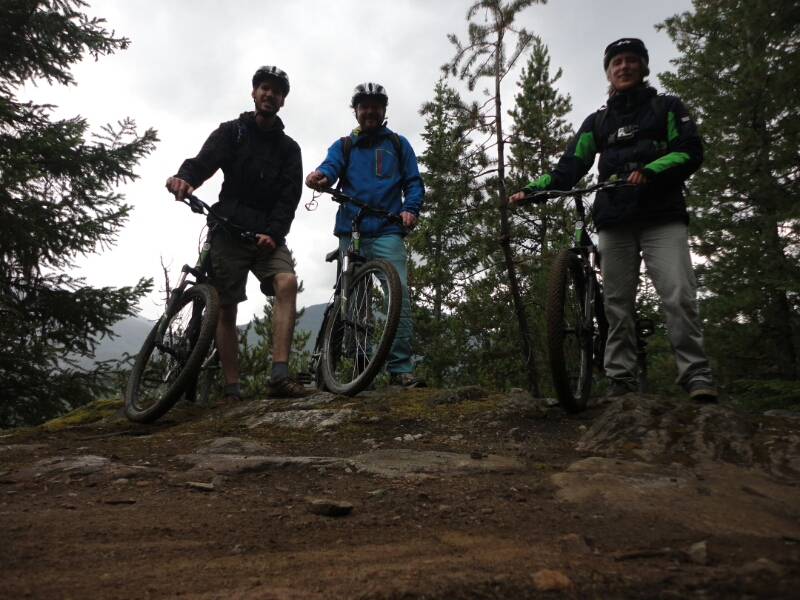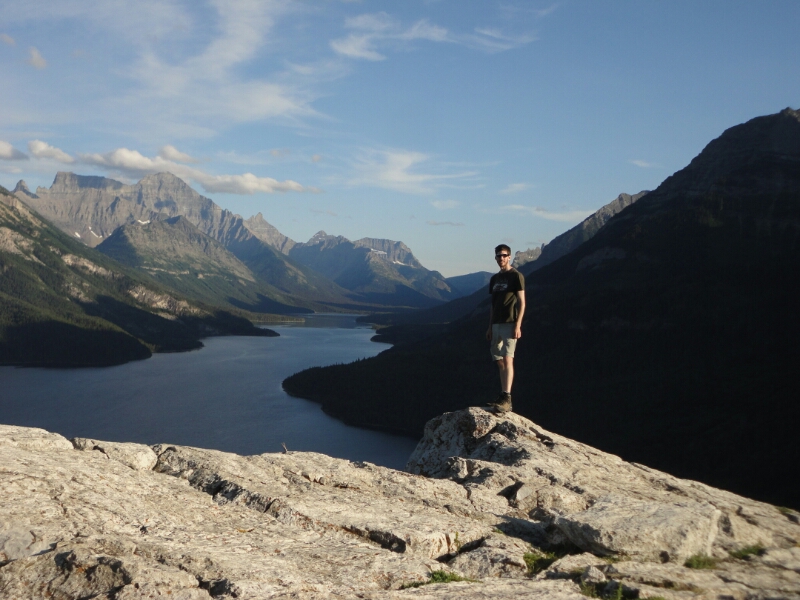Our journey into the Okavango Delta started with a speed boat ride. We were picked up with another couple and, since they had also booked the two-day package, we were wondering if they would join our tour. This question was quickly answered by two more speed boats that joined our ride. Besides more live stock grazing at the river banks, we saw two elephants, an African fish eagle and other birds.
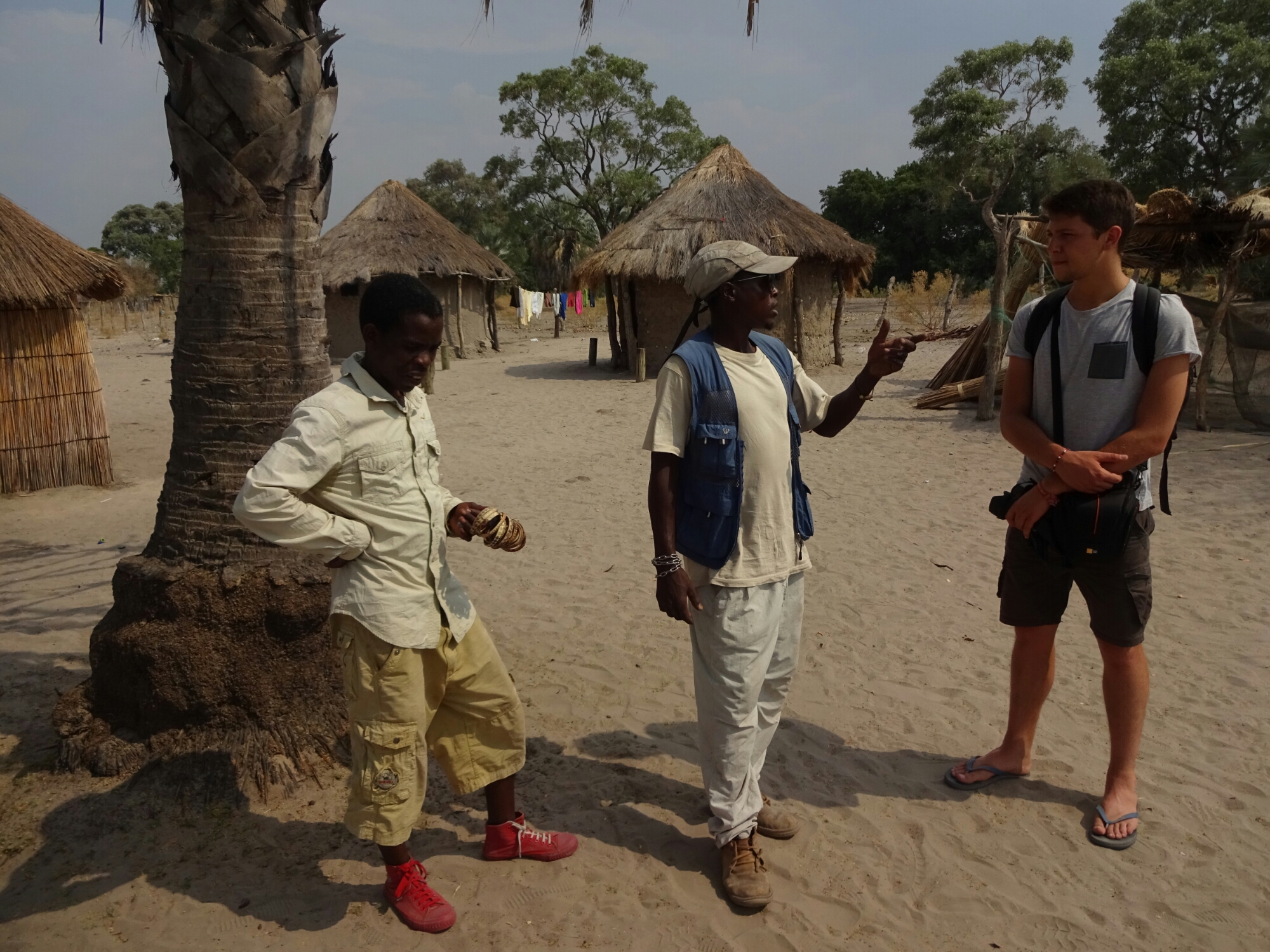
At the village Boro 1 we traded our speed boat for a mokoro, the traditional boat that the natives used for navigating through the delta. Nowadays, it is made from fibre glass to reduce the impact on the environment (deforestation). We had two mokoros for us, carrying us and our luggage. Each boat was moved by a poler, who had long wooden poles that they push into the sandy and shallow riverbed. The mokoro ride itself took us about two hours into the delta.
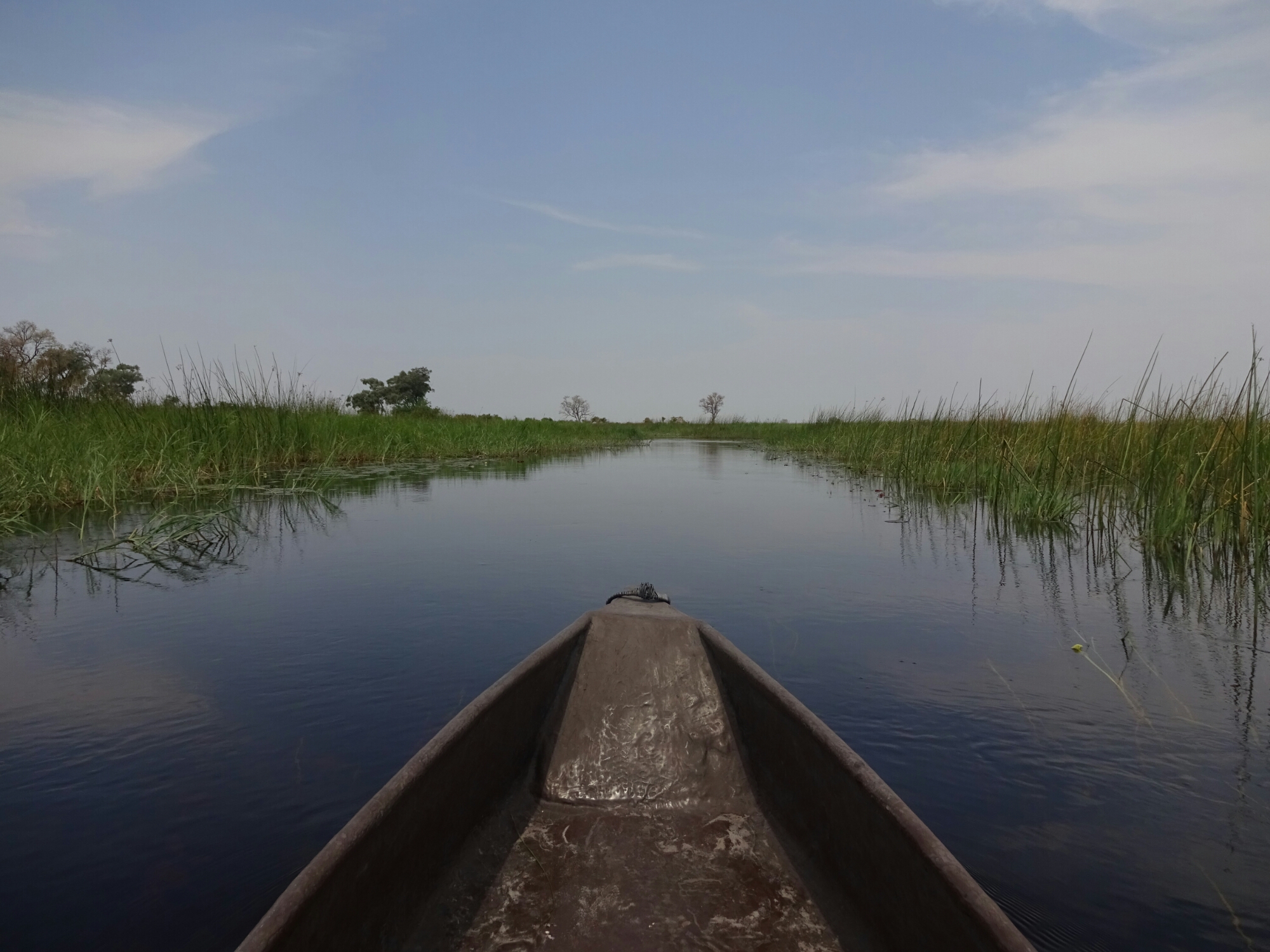
We set up camp on an “island”, which is only an island during the rainy season, when the water level is higher. The Okavango Delta itself is a very interesting ecosystem, as the water originates somewhere in Angola, travels through the Caprivi Strip (Namibia) and forms an inland delta with five mayor rivers in Botswana. 11 cubic kilometers of water flow through the delta each year; 60% of the water is consumed by plants, 36% evaporates and the remaining water reaches the groundwater or lake Ngami, making it an entire inland delta.

In the evening and the following morning we went on a walking safari with Topgun, which is the chosen “western” name of our guide. Although his name implies different, he didn’t carry a gun with him. Here we saw elephants, giraffes, zebras, buffaloes, hippos, wildebeast, monkeys, impalas and other animals from the distance with nothing but grassland separating us from them.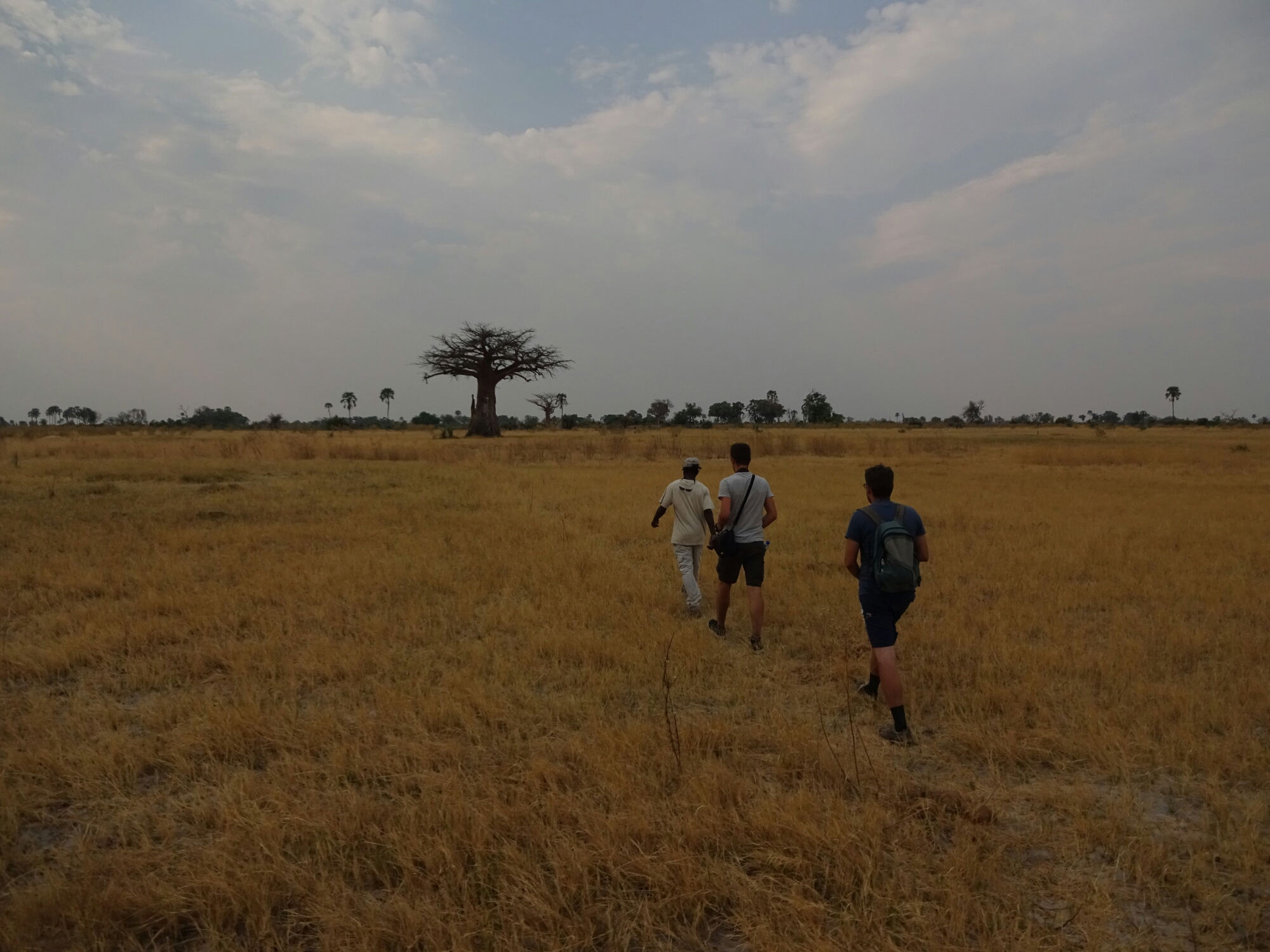
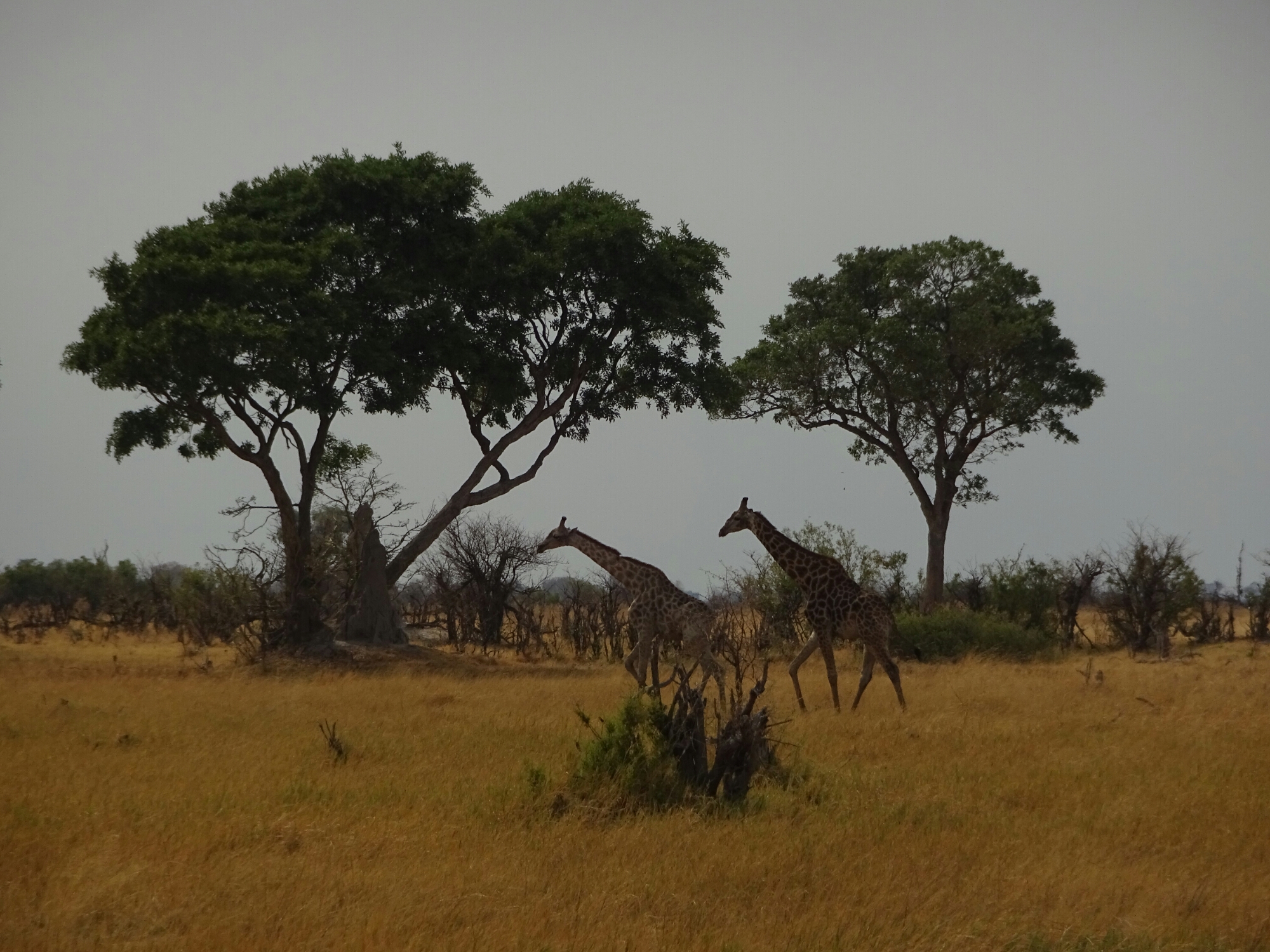
After leaving the delta, we continued to Nata, where our paths separated again – Francois had to return to South Africa, while Daniel and I continued north to Kasane. This is where we visited the amazing Chobe National Park, first on a boat safari and then on a game drive (watching animals out of a car) the next morning. We saw many more animals from really close up, including lions and a leopard. It was one of the most amazing places I’ve seen in my life!
